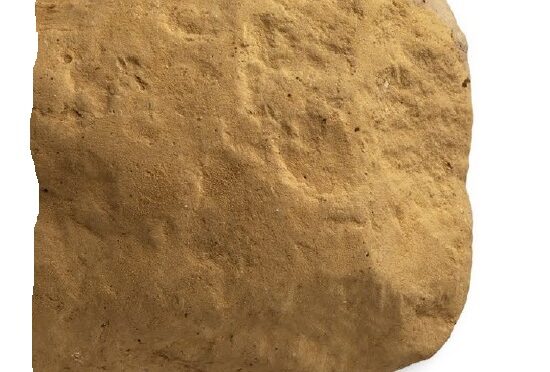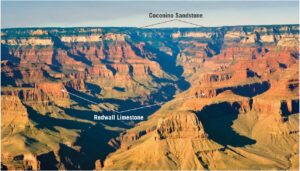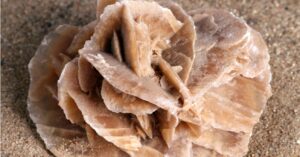Loess rock

Introduction
When delving into the realm of geological wonders, one cannot ignore the enigmatic presence of Loess rock. This yellowish or brownish clay, composed of minuscule particles of quartz, feldspar, calcite, and an array of other minerals and rock fragments, holds within its porous and earthy texture a fascinating geological history. In this blog post, we embark on a journey to unravel the mysteries of Loess rock, exploring its origin, unique characteristics, and the captivating interplay of wind and glaciated regions that give rise to this geological marvel.
Understanding the Texture of Loess
Loess is a fine-grained Aeolian clay that captivates with its porous and crumbly nature. The lack of strong cementation contributes to its distinctive texture, allowing the grains to be easily dislodged. Wind action plays a significant role in shaping these grains, often resulting in rounded forms. The intricacies of bedding can pose a challenge to determination due to the porous and loosely compacted structure of Loess.
Origin: Winds Unveiling the Story
Loess’s genesis is a testament to the power of winds emanating from glaciated regions. As these winds sweep across landscapes, carrying with them particles of quartz, feldspar, calcite, and other minerals, they create the ideal conditions for the formation of Loess. The prevalence of thick Loess layers, notably in regions like China and certain parts of western Europe, underscores the profound impact of wind-driven processes on geological formations.
Key Characteristics at a Glance
Let’s break down the essential characteristics of Loess rock:
Group: SEDIMENTARY
Loess falls under the category of sedimentary rocks, highlighting its origin from accumulated deposits.
Origin: Continental
The continental origin emphasizes the role of land-based processes in shaping the composition of Loess.
Grain Size: Fine
Characterized by fine grains, Loess showcases the intricacies of sedimentation and particle size.
Classification: Detrital
Being detrital in nature, Loess is a result of the disintegration and fragmentation of pre-existing rocks.
Fossils: Rare
The rarity of fossils in Loess underlines its formation through non-biological processes, focusing on mineral and rock fragments.
Grain Shape: Rounded, Angular
The dynamic interplay of wind action imparts both rounded and angular shapes to the grains, contributing to the unique aesthetic of Loess.

Exploring the Global Presence of Loess
While China stands as a prominent host to substantial Loess deposits, the geological canvas painted by this clay extends beyond borders. Regions in western Europe also bear witness to the presence of Loess, enriching the geological diversity across continents.
Importance and Applications
Beyond its geological allure, Loess rock plays a crucial role in various applications. Understanding its properties has practical implications in fields such as construction, agriculture, and environmental science. The crumbly texture and composition of Loess make it a subject of interest for researchers and professionals alike.
Applications of Loess Rock:
Construction Material:
- Utilization in construction due to its unique properties and abundance in certain regions.
Agricultural Impact:
- Influence on soil fertility and agricultural practices in regions where Loess is prevalent.
Environmental Considerations:
- Study of Loess formations for insights into past climatic conditions and environmental changes.
Conclusion: Unveiling Nature's Artistry
In conclusion, the allure of Loess rock lies not only in its distinctive composition but also in the intricate dance between wind and glaciated regions that shapes this geological wonder. From its formation by the hands of prevailing winds to its extensive presence in regions like China and western Europe, Loess invites us to explore the depths of Earth’s history.
As we navigate through the porous and crumbly texture, we uncover a story written in fine grains of quartz, feldspar, calcite, and minerals, providing a glimpse into the geological tapestry that adorns our planet. Let this exploration serve as a guide to the curious minds eager to understand the secrets held within the layers of Loess rock.





